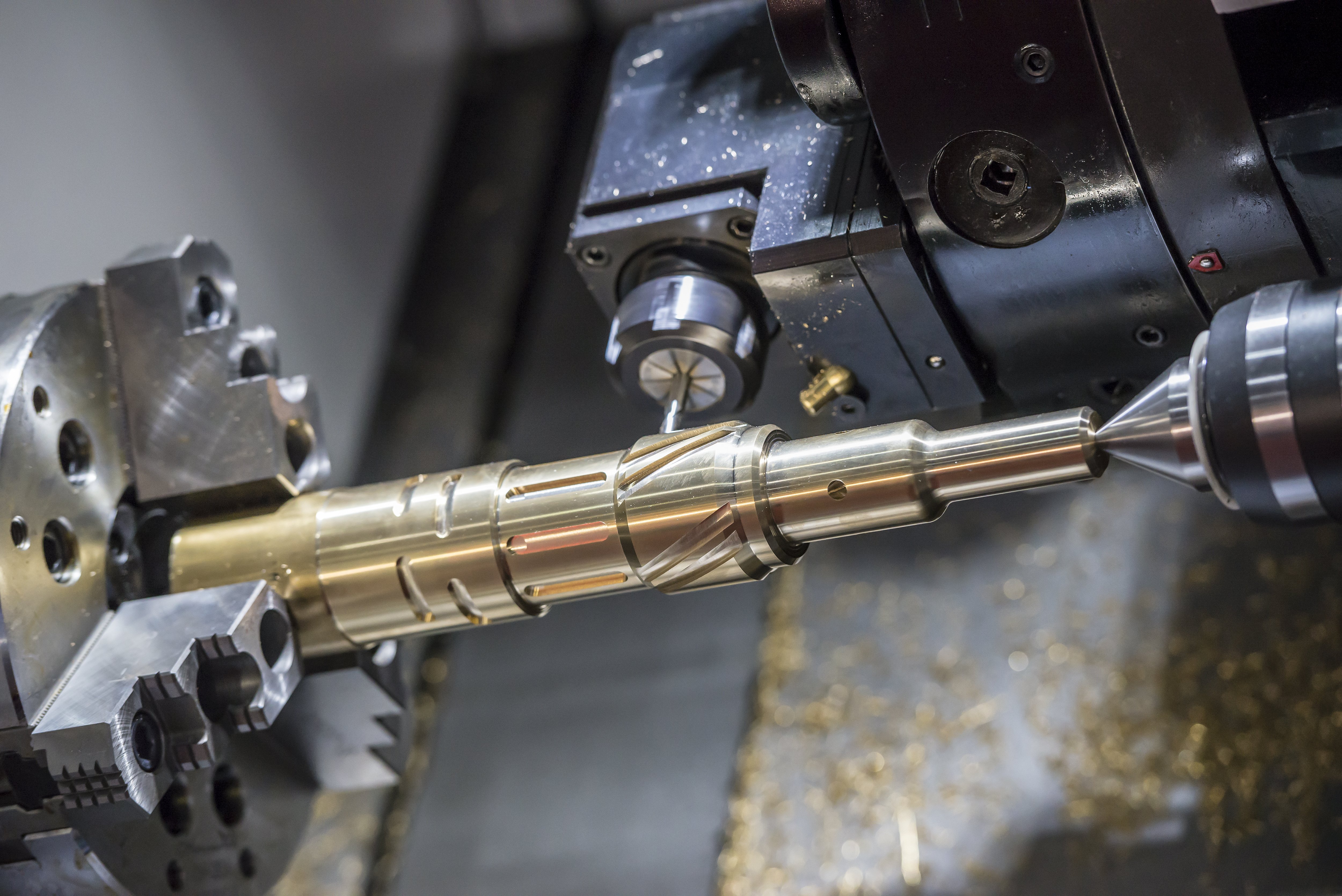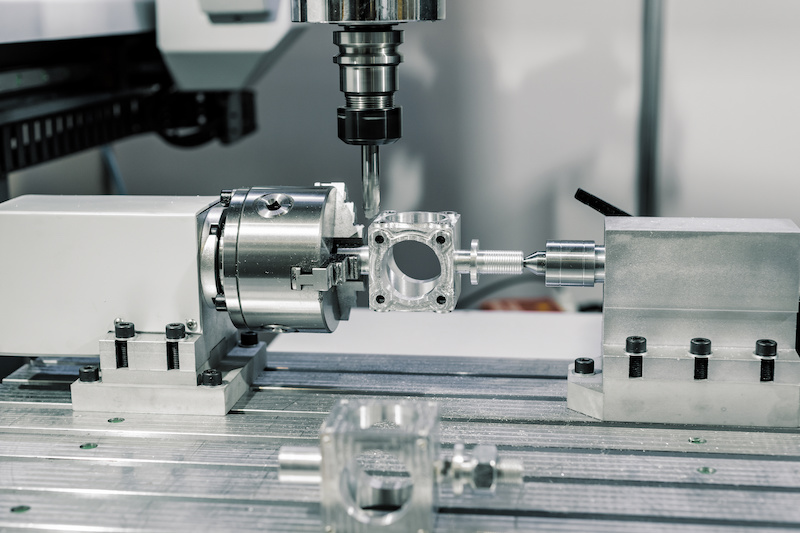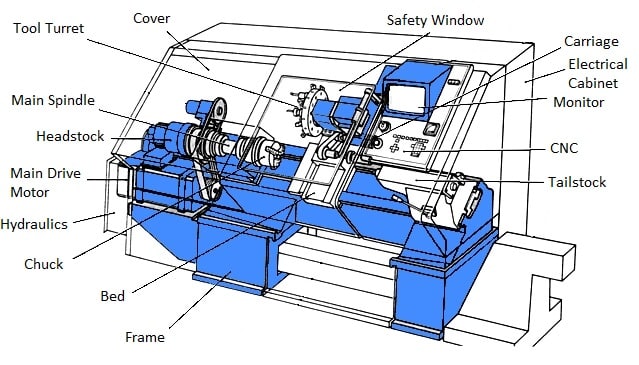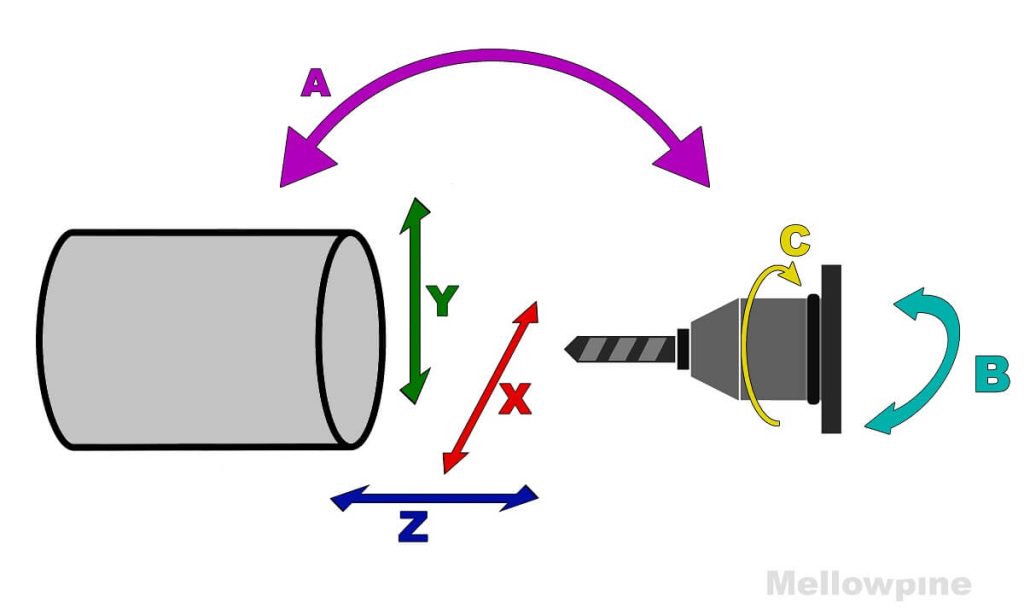Table of Contents
Live Tooling is a popular term that has been circulating in the world of CNC Lathe for quite some time. Simply put, it refers to the ability to perform multiple operations on a workpiece without having to move it to another machine. This advanced feature has revolutionized the way CNC Lathes operate, providing manufacturers with greater efficiency and flexibility in their production processes.
One of the main advantages of Live Tooling is the ability to perform drilling, tapping, and milling operations simultaneously. This is achieved by attaching a rotary cutting tool to the CNC Lathe’s turret, which can rotate and move in multiple axes. As a result, manufacturers can produce more complex parts with fewer setups, reducing the time and cost of production. In this article, we’ll dive deeper into Live Tooling and explore its benefits and applications in CNC Lathe machining.
What is Live Tooling in CNC Lathe?
Live tooling in CNC lathe refers to a technique used in modern machining applications that allows for the integration of both turning and milling operations on the same machine tool. It is a key feature in many advanced CNC lathe machines and is increasingly becoming a crucial requirement for many manufacturing processes.
How Does Live Tooling Work?
Live tooling is a technique that allows for the spindle of a CNC lathe machine to rotate not only the workpiece but also the cutting tool. This means that the cutting tool can be used to perform additional operations on the workpiece without the need for a secondary machine tool.
The live tooling system in CNC lathe machines often comes with a motor-driven spindle that is capable of rotating the cutting tool at high speeds. This allows for a range of operations to be performed, including drilling, tapping, and milling, among others.
Benefits of Live Tooling
The integration of live tooling in CNC lathe machines has numerous benefits. Firstly, it reduces the need for multiple machine tools, which helps to save on floor space, time, and costs. Secondly, it enhances the precision of machining by reducing the need for multiple setups and ensuring that all operations are performed with the same level of accuracy.
Another significant benefit of live tooling is that it allows for the machining of complex parts with intricate designs. This is because the cutting tool can be rotated in multiple directions, allowing for the creation of different shapes and contours.
Live Tooling vs. Traditional Tooling
Traditional tooling is limited to turning operations only, while live tooling allows for both turning and milling operations to be performed on the same machine tool. This means that live tooling is more versatile and efficient than traditional tooling, as it eliminates the need for multiple setups and machine tools.
Live tooling also offers greater precision and accuracy, as all operations are performed on the same machine tool with the same level of precision. This is not the case with traditional tooling, where multiple setups and machine tools can lead to variations in precision and accuracy.
Applications of Live Tooling
Live tooling is commonly used in the manufacturing of complex parts with intricate designs. It is also used in the production of parts that require multiple operations, such as drilling, tapping, and milling, among others.
Some of the industries that use live tooling include aerospace, automotive, medical, and defense, among others.
Factors to Consider When Choosing a Live Tooling System
When choosing a live tooling system, there are several factors that need to be considered. These include the size of the machine, the type of operations to be performed, the materials being machined, and the level of precision required.
Other factors to consider include the compatibility of the live tooling system with the CNC lathe machine, the cost of the system, and the level of technical support offered by the manufacturer.
Types of Live Tooling Systems
There are two main types of live tooling systems, namely axial and radial live tooling systems. Axial live tooling systems allow the cutting tool to move in the direction of the spindle axis, while radial live tooling systems allow the cutting tool to move in a radial direction.
Axial live tooling systems are commonly used for drilling and boring operations, while radial live tooling systems are used for milling and slotting operations.
Live Tooling Maintenance
Live tooling systems require regular maintenance to ensure their proper functioning and longevity. This includes regular cleaning and lubrication of the system, as well as the inspection and replacement of any worn or damaged parts.
It is also important to ensure that the live tooling system is properly aligned and calibrated to ensure accurate and precise machining.
Conclusion
In conclusion, live tooling in CNC lathe machines is a crucial technique that allows for the integration of both turning and milling operations on the same machine tool. It offers numerous benefits, including increased efficiency, precision, and versatility.
When choosing a live tooling system, it is important to consider several factors, including the type of operations to be performed, the materials being machined, and the level of precision required. Regular maintenance is also essential to ensure the proper functioning and longevity of the system.
Frequently Asked Questions
Live tooling in CNC lathe is a technology that allows cutting tools to rotate and perform various operations while the workpiece remains stationary. This technology has revolutionized the machining industry, allowing for more complex parts to be produced in a single setup. Here are five common questions and answers about live tooling in CNC lathe.
What is live tooling in CNC lathe?
Live tooling is a technology that allows the cutting tools to rotate and perform various operations while the workpiece remains stationary. This means that multiple operations can be performed on a single workpiece without having to stop and reposition it. Live tooling can be used to create features such as holes, flats, and pockets, and can even be used for threading and tapping.
Live tooling is typically found on CNC lathes, which are machines that are used to produce parts by rotating a workpiece while a cutting tool removes material. The addition of live tooling allows for more complex parts to be produced in a single setup, reducing the need for additional machines and setups.
How does live tooling work?
Live tooling works by using a tool holder that has a motor built into it. The motor is used to rotate the cutting tool, allowing it to perform various operations on the workpiece. The tool holder is typically mounted on a turret, which allows for multiple tools to be used on a single workpiece.
The live tooling system is controlled by the CNC machine’s computer, which allows for precise control over the cutting process. The computer can program the tool to rotate at a specific speed and direction, and can even control the angle at which the tool approaches the workpiece.
What are the advantages of live tooling?
Live tooling offers several advantages over traditional machining methods. First, it allows for more complex parts to be produced in a single setup, reducing the need for additional machines and setups. Second, it can reduce cycle times by allowing multiple operations to be performed on a single workpiece without having to stop and reposition it.
Additionally, live tooling can improve part accuracy by allowing for more precise control over the cutting process. The computer-controlled system can ensure that the tool is rotating at the correct speed and direction, and can even adjust the cutting path based on the material being machined.
What types of tools can be used with live tooling?
Live tooling can be used with a variety of cutting tools, including drills, end mills, and taps. The type of tool used will depend on the specific operation being performed, as well as the material being machined.
The cutting tools used with live tooling are typically held in a tool holder that is designed to fit into the live tooling spindle. This allows for quick and easy tool changes, which can be done without having to stop the machine.
What are some common applications of live tooling?
Live tooling can be used in a variety of applications, including milling, drilling, tapping, and threading. It is commonly used in the production of complex parts, such as those used in the aerospace and medical industries.
Live tooling can also be used for secondary operations, such as deburring and chamfering. By performing these operations in the same setup as the primary machining operations, cycle times can be reduced and part accuracy can be improved.
In conclusion, live tooling is a game-changing feature in the world of CNC lathe. It allows for the creation of complex parts, reduces production time, and increases efficiency. With live tooling, the machine can perform multiple operations without the need for tool changes or manual intervention. This not only saves time but also reduces the risk of errors.
Live tooling has opened up new possibilities for manufacturers, allowing them to expand their capabilities and take on more challenging projects. With the ability to perform milling, drilling, and tapping operations in addition to turning, live tooling has become an essential feature in modern CNC lathes.
Overall, live tooling is a versatile and valuable tool for any CNC lathe operator. Its ability to perform multiple operations in a single setup saves time, reduces errors, and increases efficiency. As technology continues to advance, we can only expect live tooling to become even more sophisticated and essential to the manufacturing industry.
Request a quote today!
[contact-form-7 id="1578" title="Contact form"]
Please compress the file into a ZIP or RAR file before uploading. Alternatively, send through your RFQ by email.
enquires@unitymanufacture.com





